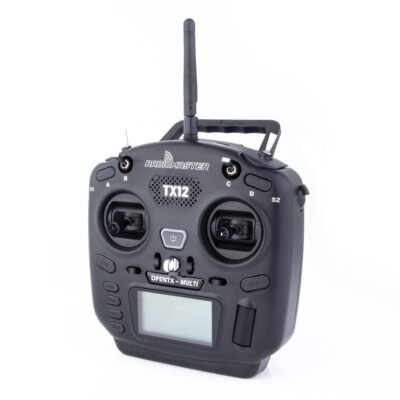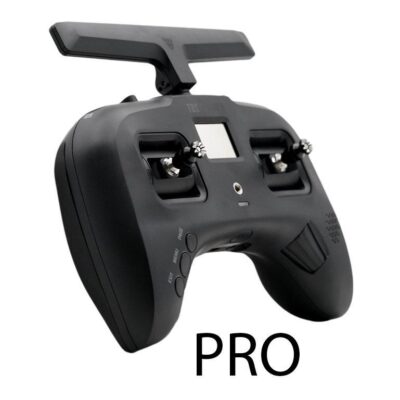Welcome to your FPV Journey!
Before we get into the nitty-gritty it would be good to answer some Frequently Asked Questions
We then recommend all groups of people go down the simulator or Ready To Fly option.
Simulator or Ready To Fly Kit (RTF)?
This is the main question when looking to start your FPV journey and its quite a decisive question in the community as it comes down to personal preference. Some people have the patience to sit down and spend 10 hours at a computer playing a simulator, and some prefer to me more hands-on and have the real experience of FPV. It depends what you prefer and how you learn best and what you can sustain.
NOTE: Do not use a XBOX/PS4 Controller to rely on learning to fly FPV. You will have to relearn all the muscle memory, fine motor skills again. The resolution on the sticks, the placement of the sticks and how the gimbals move are vastly different. Don’t get us wrong, you can download a simulator and have a go, see what it feels/looks like, but try to get a real remote asap to learn on instead.
But don’t just take our word for it, we asked the community what their thoughts are…. Here is what they said
Simulator
RTF Kit
1000% recommend buying a decent transmitter and play a simulator like velocidrone or even drl simulator. You’ll learn to fly and not have to spend hundreds of dollars in repairing crashes. I did about 20 hours on DRL sim before I flew fir the first time in real life and it was a super smooth transition.
I don’t think anyone should buy a rtf as a first quad.They break and backwards learning is far harder.Start by going to a local club and seeing what it’s about then learning about batteries.If your still keen after all that, buy a controller and sim. If you are still keen after all that make a quad from one of your favourite YouTube channels.I have mates that still wouldn’t know what a vtx looks like years later and can’t fix their stuff and so it justs sits there
I think simulator creates better pilots. iv even got mates that learnt on the sim and went STRAIGHT into racing and are killing it on the track.
If I was starting out today I would invest in a digital rtf, with DJI controller. Knowing that I could get at least 2/3 of the investment back by reselling the controller and goggles.
If I was starting out again. I’d get the newbeedrone rtf full kit
Micro RTF. Some of the radios aren’t that bad, and it’s waaaay less investment whilst still getting the IRL flying of quads. Plus, if you don’t kill the quad you can fly it with whatever new gear you buy. Good radio and simulator misses the IRL bit. I think you’d be hard pressed to find someone who can control the impulse of wanting to fly an actual thing in spite of risk of losing money, fingers etc.
Also not forgetting that you’ll need to get on the simulator the second you start flying cause you realise how rubbish you are. But you’ve had a taste of the real thing to keep the fire whilst simming
I think starting with whoops and moving up is the way to go. The damage and danger ratio is low while learning and there is no shortage of RTF options.
Pros
- Get the best remote to start with, Will last you forever and no wasted cost on cheaper remote in a kit.
- No Money wasted crashing and repairing quads
Cons
Not as fun
- Have to have a computer
Pros
- Experience real FPV and get adrenaline rush
- More fun than simulator
- Quicker to learn as you experience the real thing.
- Can be cheaper outlay than remote
Cons
- If you crash heaps and damage stuff it will cost you more and time consuming for repairs. Some people get frustrated.
- Goggles are basic and you need to upgrade if you take FPV seriously.
The transmitter is cheap, but you can still do a lot and go far with it, However, you will want to upgrade it eventually.
BetaFPV LiteRadio 2 SE – $60
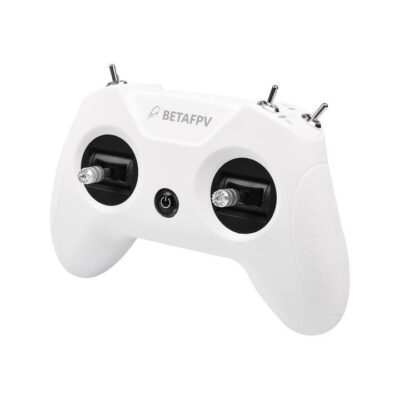
Radiomaster T8 Lite V2 – $69.95
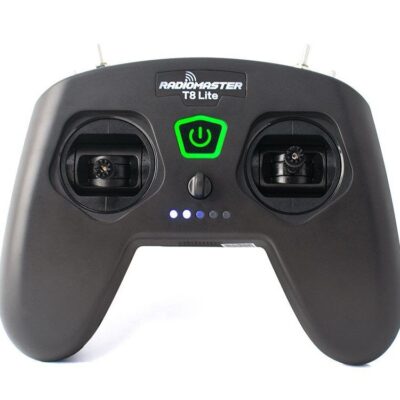
Pros
Small and cheap gamepad style remote
Basic functions covered with aux switches and gimbals
Works with Simulators
Cons
Cheaper parts means gimbals will wear out over time
No screen, limited binding capabilities
Pros
- Easy binding
Simulator Compatible
- POT gimbles
- USB charging
Cons
- No LCD Screen
- Can only run D8 protocol
Radiomaster T8 Pro Mode 2 – $140
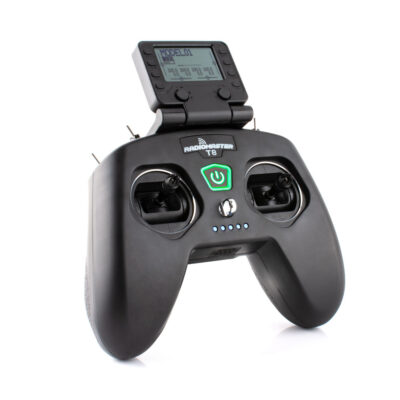
RadioMaster Zorro ELRS – $149.95
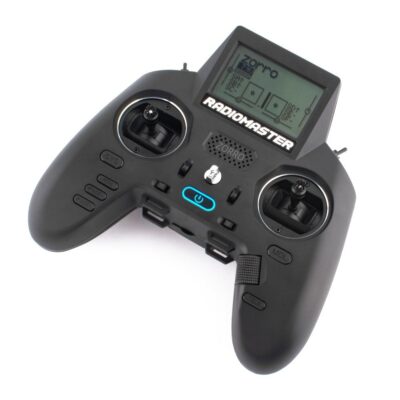
Pros
Feature packed, user interface
- Multiprotocol capabilities
- Simulator compatible
- Hall effect gimbles
Cons
External LCD Screen
Built-in Battery, USB charging
Pros
- Simulator Compatible
External nano module bay (crossfire nano, tracer nano, IRC Ghost)
- USB Charging
Adjustable Hall gimbles
Cons
- Small screen
- Batteries not included
RadioMaster Zorro CC2500 – $149.95

Pros
Simulator compatible
- External Nano module bay (crossfire nano, tracer nano, IRC ghost)
USB charging
- Adjustable Hall gimbles
Cons
- Small screen
- Batteries not included
Pros
Simulator Compatible
Multiprotocol capabilities
Trainer mode compatible
- Jr Bay for external modules (e.g. Crossfire)
Cons
- Batteries Not included
POT gimbles
RadioMaster TX16S $229-$269
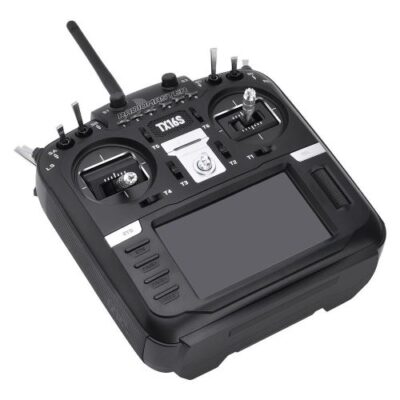
RadioMaster TX16S Max – $369
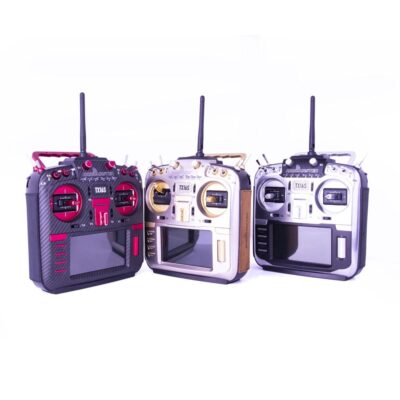
Pros
Feature packed, immersive user interface
Multiprotocol capabilities
Upgradeable and replacement parts available
Long battery life, USB charging
Touch screen compatible with OpenTx 2.4
Cons
More expensive
Bulky compared to gamepad controllers
No batteries included
Pros
Feature packed, immersive user interface
Multiprotocol capabilities
Upgradeable and replacement parts available
Long battery life, USB charging
Touch screen compatible with OpenTx 2.4
Cons
More expensive
Bulky compared to gamepad controllers
No batteries included
Tango 2 Std – $250
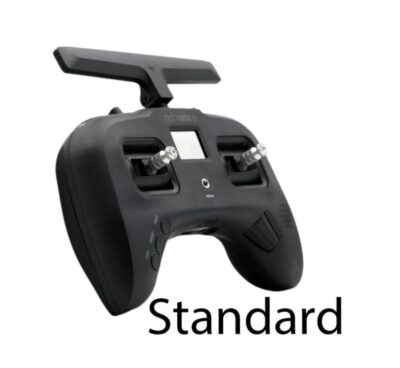
Pros
Compact gamepad style remote
Crossfire (long range) ready out of the box
Low profile switches
Inbuilt battery
Cons
Pinchers may prefer a larger remote
Upgrades needed for 2.4G protocols
Have to sit at a computer
Pros
Compact gamepad style remote
Crossfire (long range) ready out of the box
Low profile switches
Folding gimbal sticks
Cons
Pinchers may prefer a larger remote
Upgrades needed for 2.4G protocols
Have to sit at a computer
TBS Mambo – $229.95
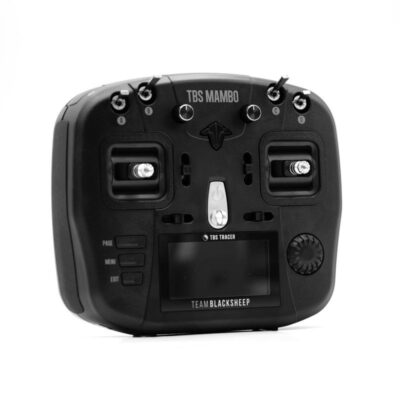
Ethix Mambo -$289
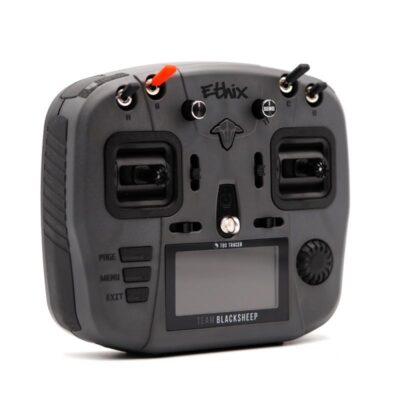
Pros
- Ergonomic shell design
Tracer straight out of the box
- Ball bearing Hall sensor gimbles
- JR bay for external module (e.g. Crossfire)
Cons
- Not ideal for long range
- Bulky compared to gamepad controllers
No batteries included
Pros
Tracer straight out of the box
- Includes more accessories like Ethix neck strap, kickstand etc
- Ball bearing hall Sensor gimbles
- JR bay for external Module (Crossfire)
Cons
- Not ideal for long range
- No batteries included
- Bulky compared to gamepad controllers
